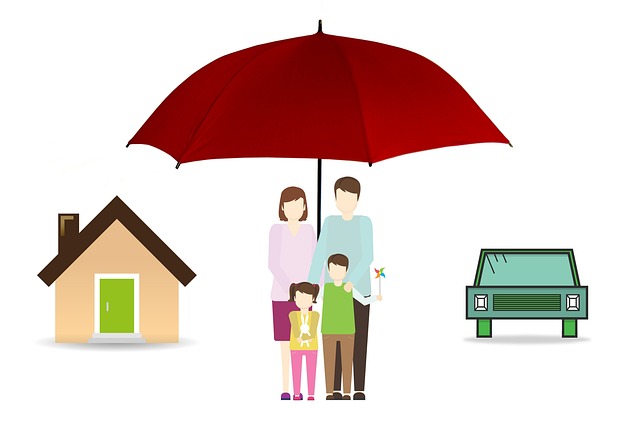The Rise of Prefabricated Homes: A Modern Construction Revolution
Prefabricated homes, also known as prefab houses, have emerged as a game-changing solution in the construction industry. These innovative structures are revolutionizing the way we think about building and owning a home. Prefab homes are manufactured off-site in controlled factory environments, then transported and assembled at the final location. This modern approach to construction offers numerous benefits, including reduced build times, cost-effectiveness, and improved quality control.

How does the prefab construction process work?
The prefab construction process begins with careful planning and design. Architects and engineers create detailed plans that are optimized for factory production. Once the designs are finalized, the various components of the home are manufactured in a controlled indoor environment. This setting allows for precision craftsmanship and quality control that is often difficult to achieve on a traditional construction site.
After the components are completed, they are transported to the building site. The foundation is typically prepared in advance, and once the prefab sections arrive, they are quickly assembled using cranes and other specialized equipment. This efficient process can significantly reduce the overall construction time compared to conventional building methods.
What are the advantages of choosing a prefab home?
Prefabricated homes offer several compelling advantages over traditional construction methods. One of the most significant benefits is the reduced construction time. Since much of the work is done in a factory setting, weather delays are minimized, and multiple aspects of the building process can occur simultaneously. This efficiency can result in a home being completed in a fraction of the time it would take using conventional methods.
Another advantage is the potential for cost savings. The streamlined manufacturing process and reduced on-site labor can lead to lower overall construction costs. Additionally, the controlled factory environment allows for better material management, reducing waste and potentially lowering material expenses.
Are prefab homes customizable and modern?
Contrary to the misconception that prefab homes are cookie-cutter or lacking in style, modern prefabricated houses offer a wide range of customization options. Many prefab home manufacturers work closely with architects and designers to create unique, aesthetically pleasing homes that cater to individual tastes and needs. From sleek, contemporary designs to more traditional styles, prefab homes can be tailored to suit various architectural preferences.
The use of advanced materials and construction techniques also allows for the integration of modern features and technologies. Energy-efficient systems, smart home capabilities, and sustainable materials are often incorporated into prefab designs, making them not only modern in appearance but also in functionality.
How do prefab homes compare to traditional construction in terms of quality?
The quality of prefabricated homes has improved significantly in recent years, often matching or exceeding that of traditional site-built houses. The controlled factory environment allows for precise measurements, consistent material application, and stringent quality control measures. This level of precision can result in better-fitted components, improved energy efficiency, and overall structural integrity.
Moreover, prefab homes must adhere to the same building codes and standards as traditionally constructed houses. In many cases, they are built to withstand transportation stresses, which can result in a more durable final product. The use of advanced materials and construction techniques also contributes to the long-term durability and performance of prefab homes.
What are the environmental impacts of prefabricated home construction?
Prefabricated home construction often has a lower environmental impact compared to traditional building methods. The factory-based production process allows for more efficient use of materials, resulting in less waste. Additionally, the controlled environment enables better recycling and disposal practices for any waste that is generated.
The reduced on-site construction time also means less disruption to the local environment. Fewer vehicle trips to the construction site and a shorter overall build time can lead to decreased emissions and less impact on the surrounding area. Many prefab manufacturers also prioritize the use of sustainable and eco-friendly materials, further reducing the environmental footprint of these homes.
In conclusion, prefabricated homes represent a significant advancement in residential construction. They offer a combination of efficiency, quality, and customization that is reshaping the housing industry. As technology continues to evolve and more people recognize the benefits of prefab construction, these modern homes are likely to play an increasingly important role in meeting housing needs around the world.






